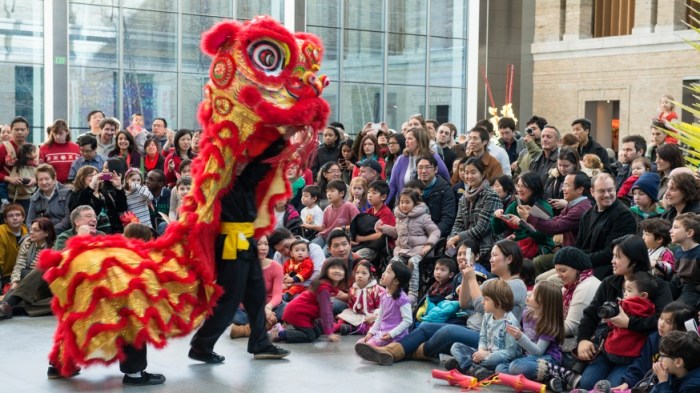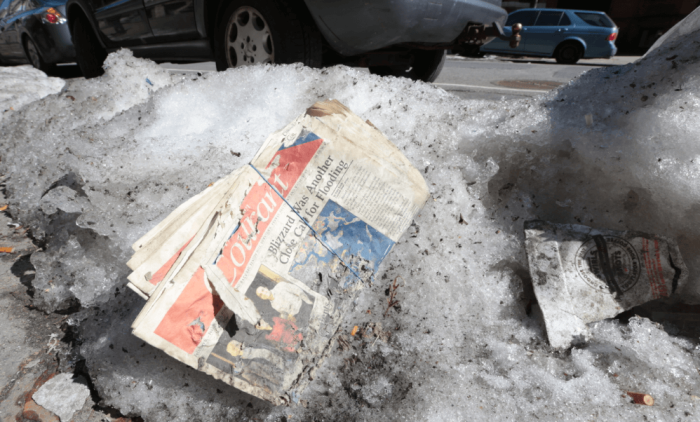‘Tis the season to put large, otherwise-completely-out-of-place plants in your house. Knowing this, one question is immediately asked (and no—it’s not “why?”): What kind of tree should I adopt for the month? (Wait, you might ask. There are multiple kinds of trees? What? Aren’t they all the same?) As it turns out, Christmas tree selection is a nuanced, informed process—or, well, it should be. That said, here’s all you need to know about the five most popular kinds of Christmas trees. Happy holidays! Balsam Fir
One of the most-cited arguments for shelling out the cash for a natural tree every year instead of just buying a long-lasting plastic one is this: real trees smell so good! If the idea of Christmas Smell permeating your house is at all appealing, you’ll probably want to go for a Balsam Fir tree. These are known to fill an entire room with the unparalleled Christmas tree smell. Although they’re not as perfectly rounded as that classic, storybook Christmas tree, they’re sure to fill your home with the Christmas spirit. Douglas Fir
Usually found in the Pacific Northwest, the full, rounded Douglas Fir is one of the most popular tree selections in the U.S. The Douglas Fir’s leaves are usually dark green—or even blue green—and give off a strong, long-lasting smell when they are crushed. If you’re concerned about being able to transport your tree, this is probably the best choice for you! Despite being very full, Douglas Firs aren’t very dense at the center, which makes them relatively light and easy to move. Fraser Fir
Attention, tinsel fans: this is the tree for you. No doubt about it. The coolest thing about the Fraser Fir is what we’ll call “natural tinsel.” In other words, each needle has a pair of silvery stripes on it. Otherwise, Frasers are very similar in structure to Balsams: less full than Douglas Firs, with needles pointing slightly upward in a triangular shape. Another pro of the Fraser is its smell, which is almost as permeating as the Balsam Fir’s. Noble Fir
Comparable to the Douglas Fir in popularity in the US, the Noble Fir possesses the classic, commanding shape that is evoked in most traditional images of Christmas trees. Although significantly heavier than the Douglas, the Noble Fir has very strong limbs that are able to support large and heavy ornaments. Noble Firs are generally full and symmetrical, and its needles tend to stick straight out as opposed to pointing outward. For those of you who want a tree with an undeniable “wow” factor, definitely check out the Noble Fir! Scotch Pine
The biggest pro about the Scotch Pine might just also be its biggest con: it’s just so fluffy-looking. This fluffiness might even be mistaken for softness, so be sure to resist jumping into the tree with open arms. It’ll hurt. Impulse control aside, though, the Scotch Pine is a beautiful Christmas option: dense, with leaves ranging from lighter to dark green, Scotch trees are best for those who prefer large, colorful ornaments that won’t be overpowered by its limbs.


















